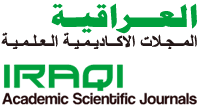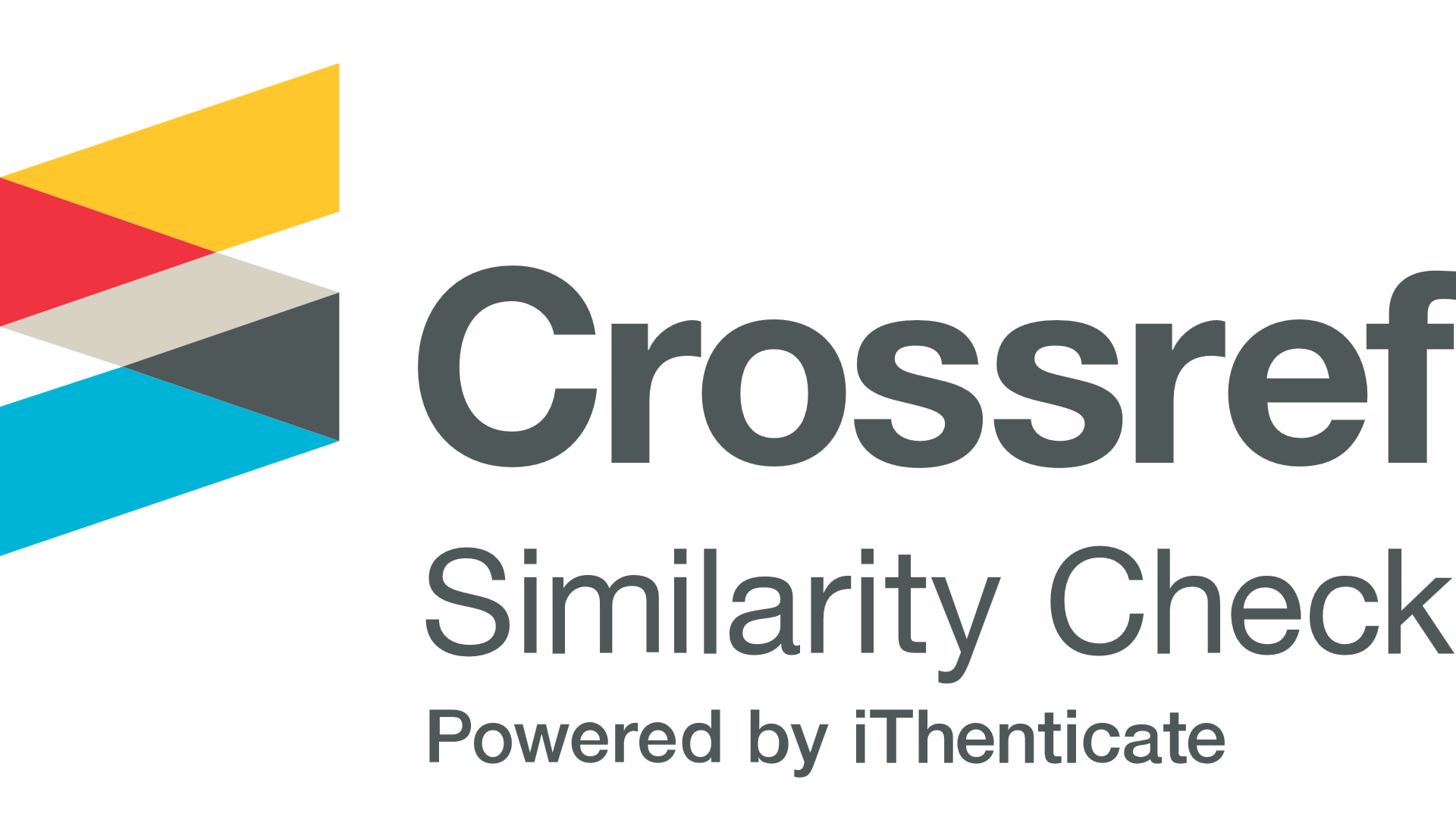A Morphological Analysis of Compound Words in Jane Austen's Novel Pride and Prejudice
Abstract
Compounding is a word formation process that can be produced by combining two meaningful words together in order to form a new term, such as cornflakes, busybody, downpour, cutoff, long-haired, high school, and devil-may-care. The study aims at identifying the morpho-syntactic classifications of compound words according to Quirk and Greenbaum's model (1973) and the semantic relations as endocentric (hyponymy and metonymy) and exocentric as (metaphor). It also aims at investigating the forms of compound words according to Stageberg's model (1981) as hyphenated, closed, and open compounds. The findings of this study are: the hyphenated compounds which are used in Pride and Prejudice are ( sitting-room, picture-gallery, arm-in-arm, newly-born, etc). Closed compounds are (eyelashes, gentleman, clergyman, upstairs, and fireplace). Open compounds are ( young man, critical eye, polished society, best friend, easy manners, lottery tickets, and wedding day). The endocentric compounds which consist of a head and semantically hyponyms to the compounds such as: noun, verb, adverb, and adjective compounds. The exocentric compounds are the compounds which have no head as a component to the compounding such as: ''needlework and grown-up''.


